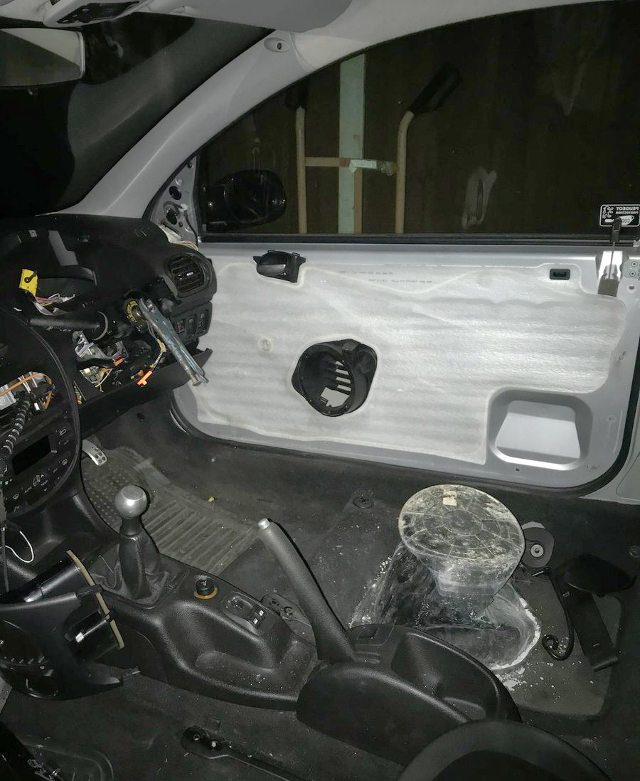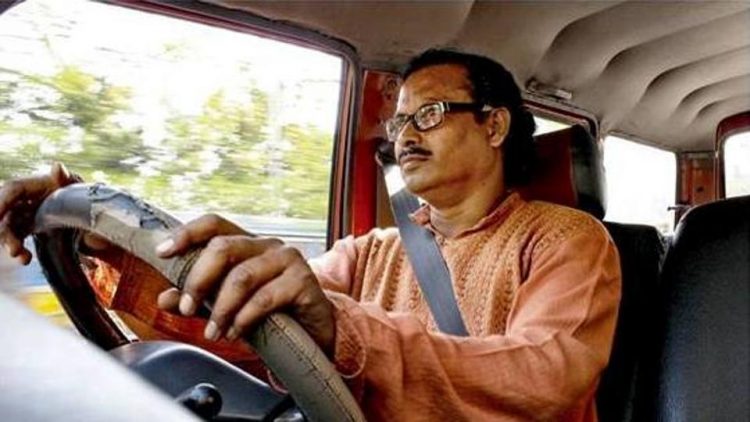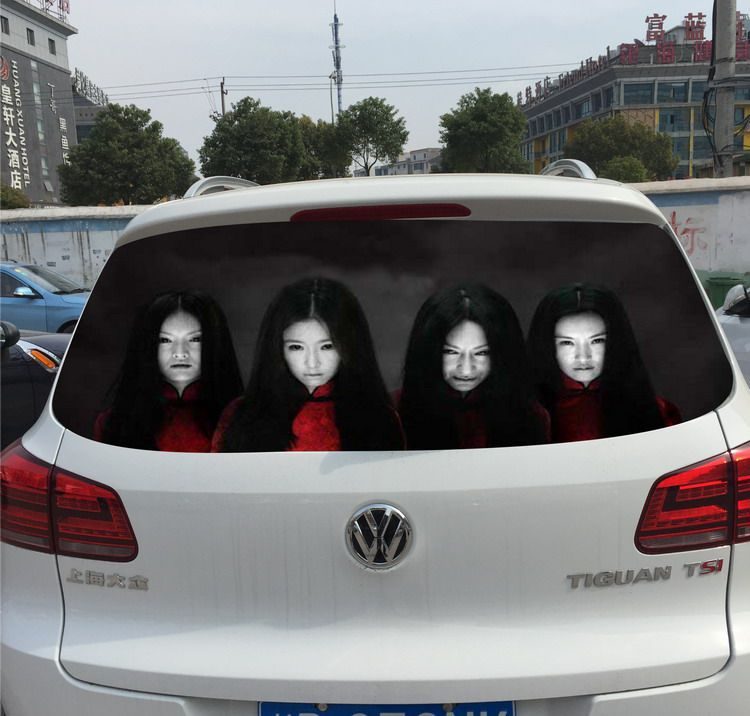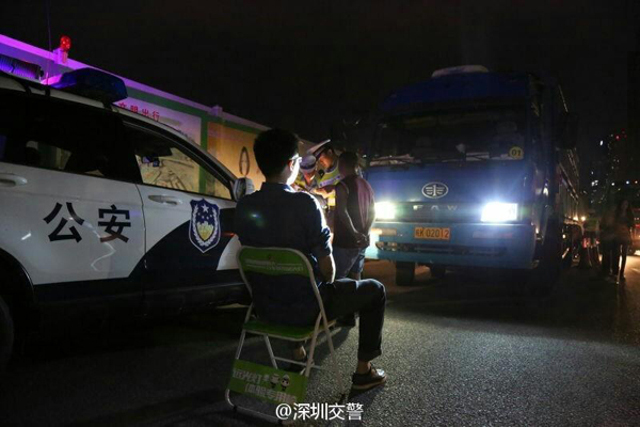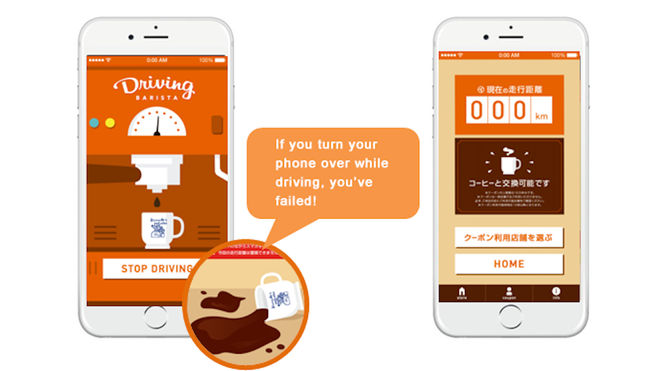If you thought you needed a steering wheel to actually drive a car, let this story be an example of the opposite. A man in Norfolk, England, was really caught by police driving a battered car by using a metal bucket as a car seat and pliers for steering.
You might think that this guy was extremely unfortunate to get pulled over by cops, but you’d be wrong. What first caught the attention of police officers patrolling the streets of King’s Lynn, in Norfolk, was the battered state of the car this man was driving. It had no front wing, bumper or headlights and to top it all off, it also had a flat tire. Hardly what you’d call a roadworthy vehicle, but this was nothing compared to what awaited the officers inside.

